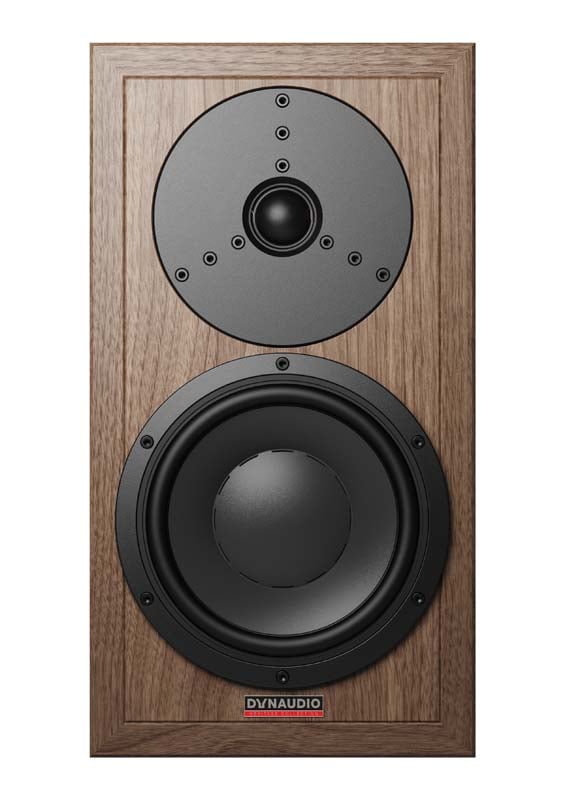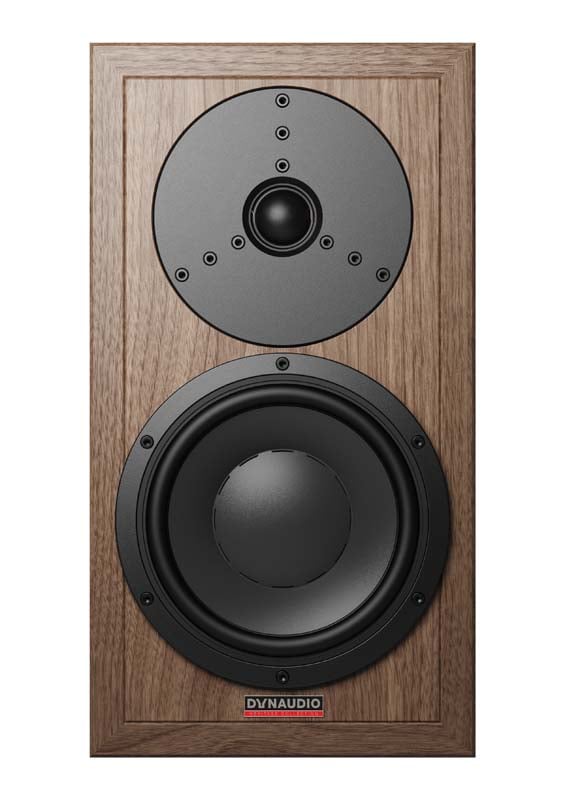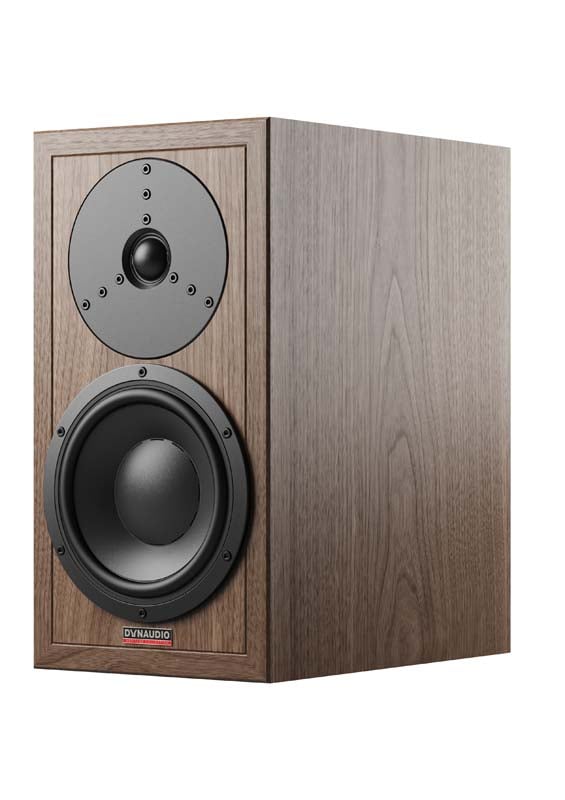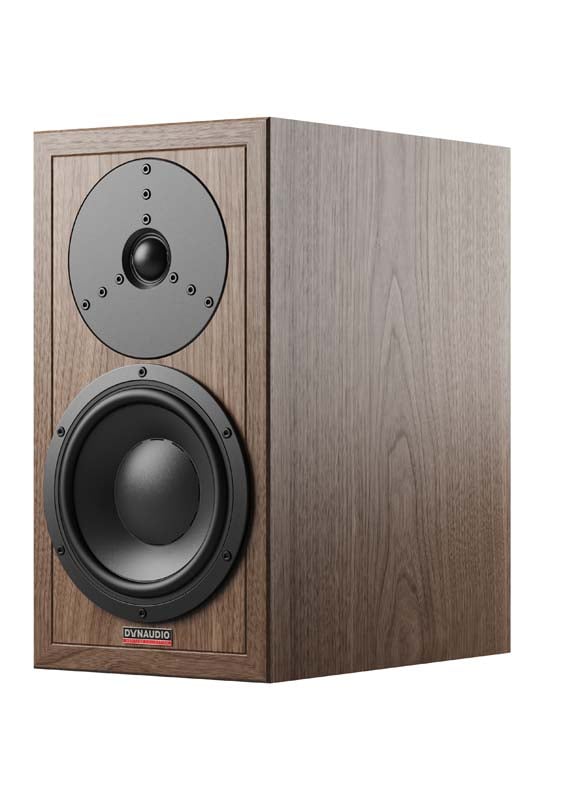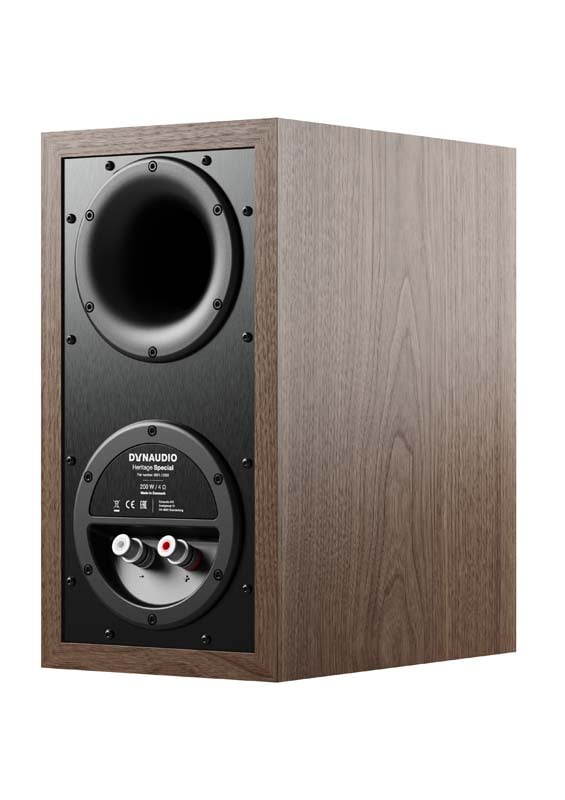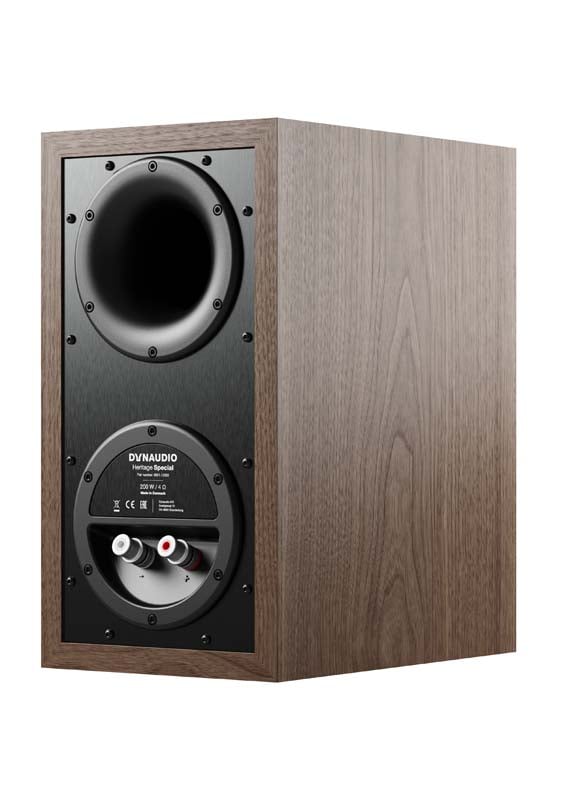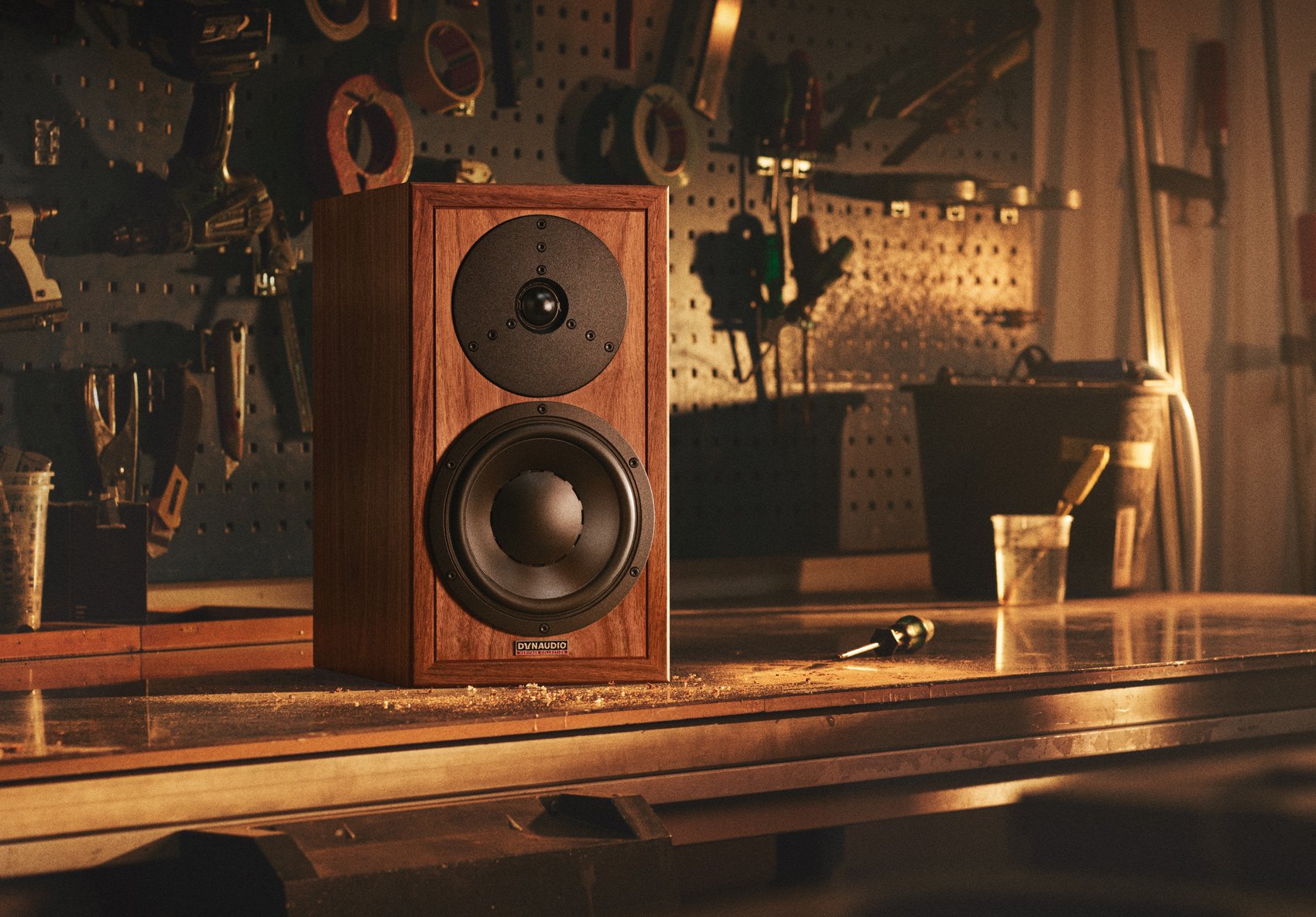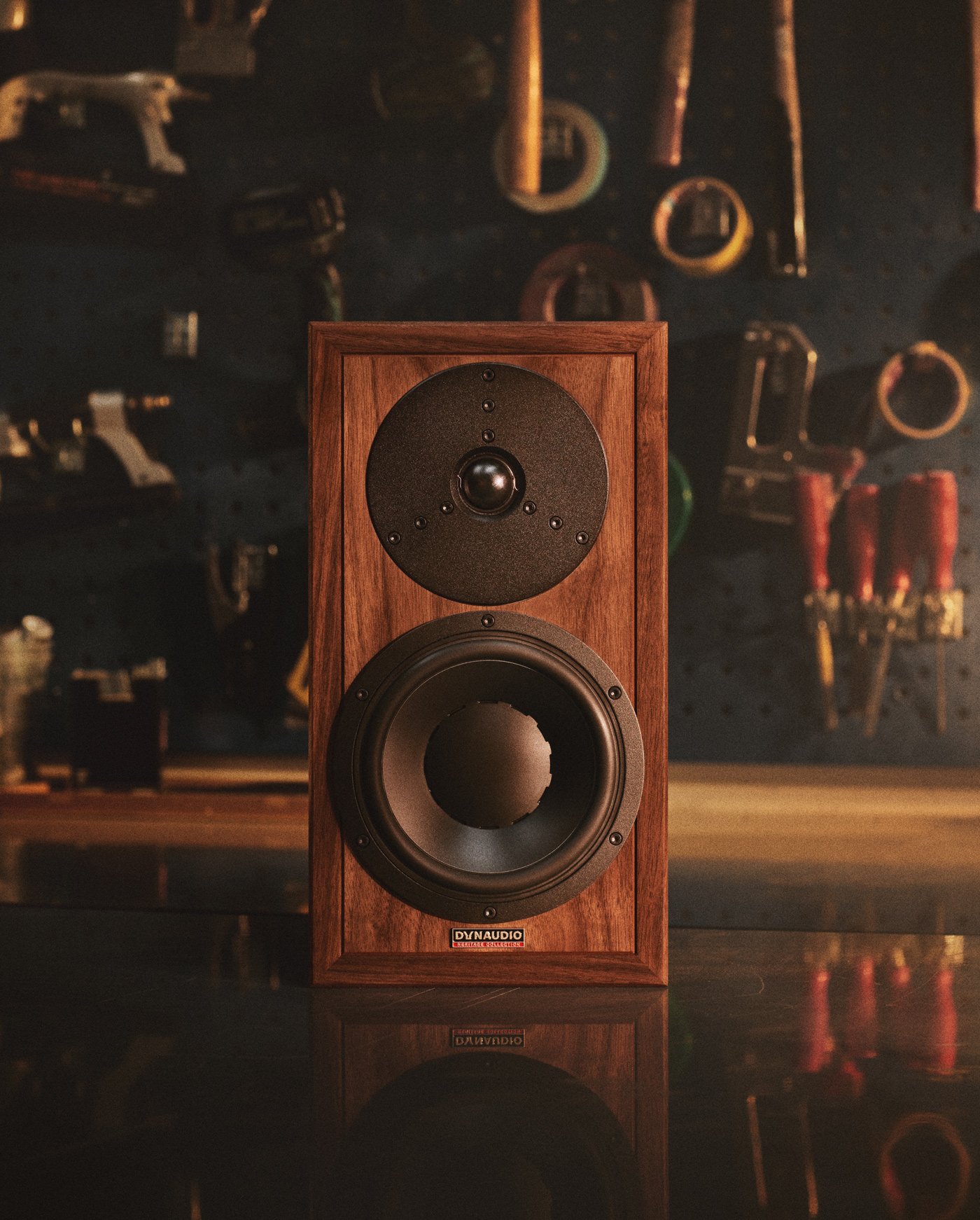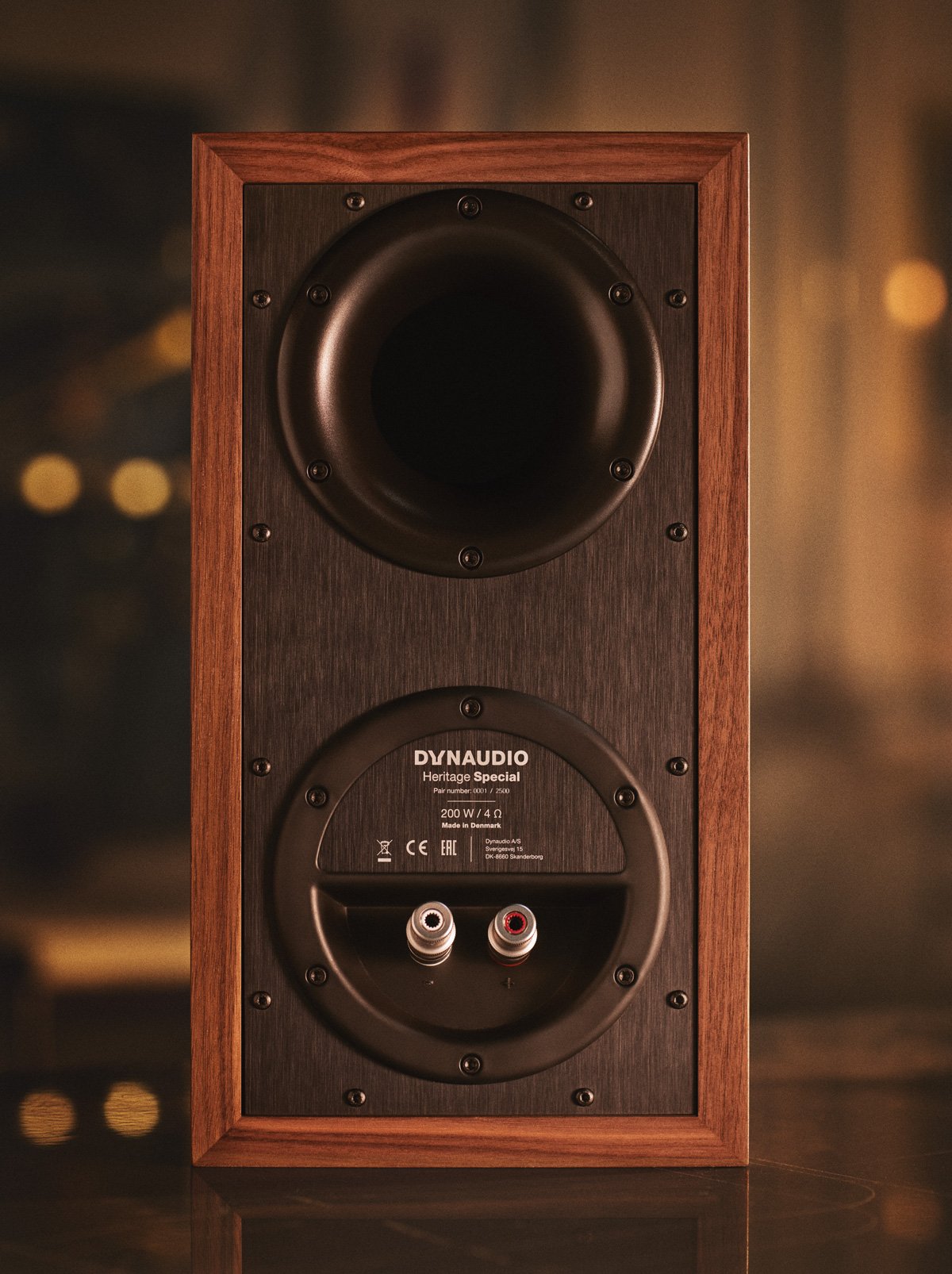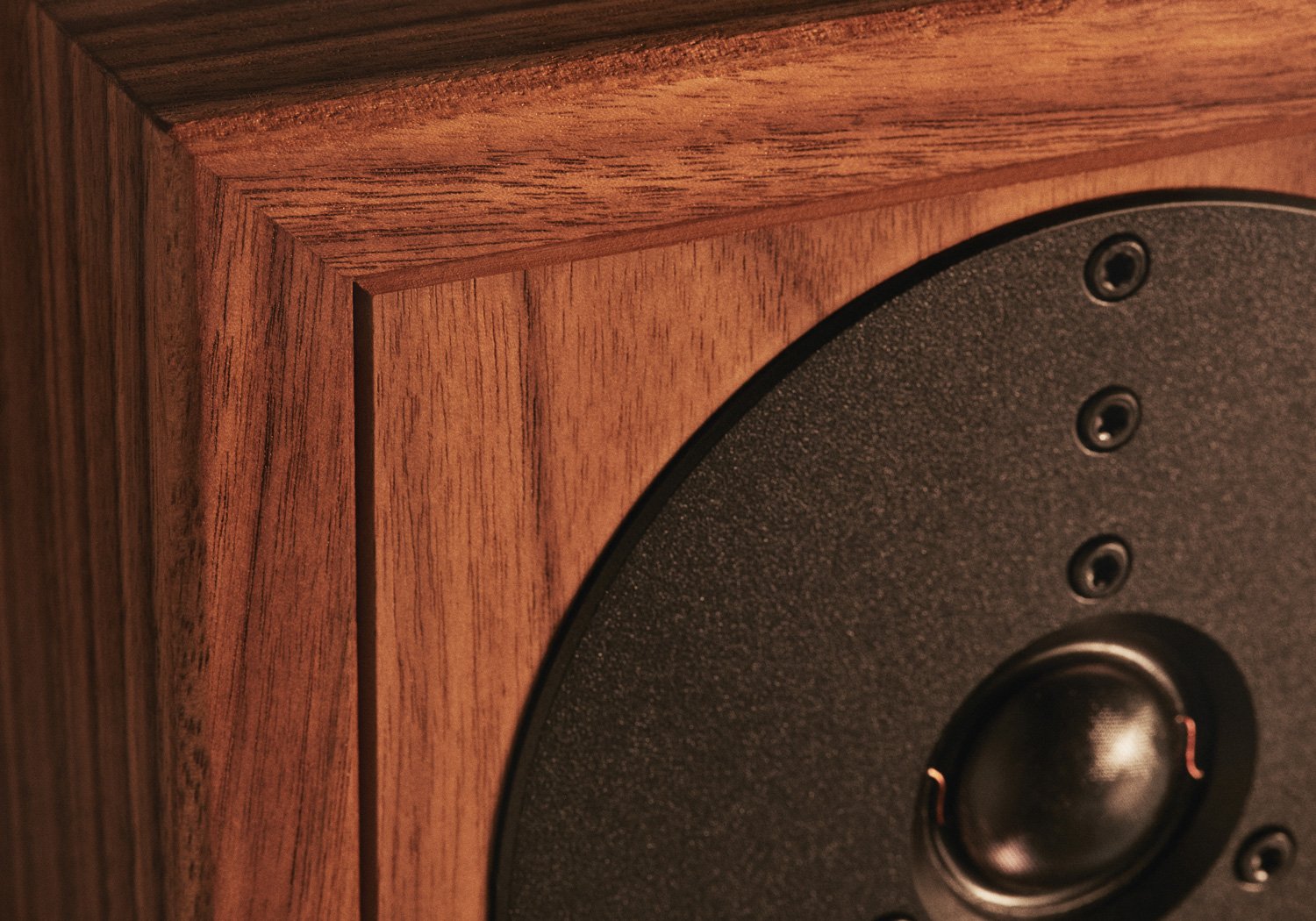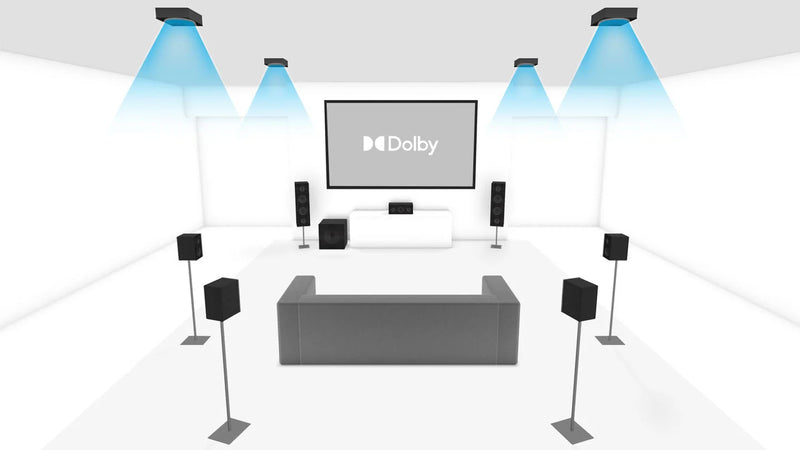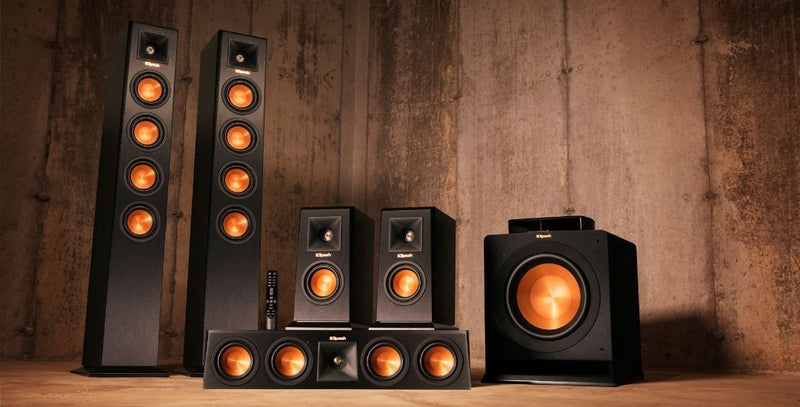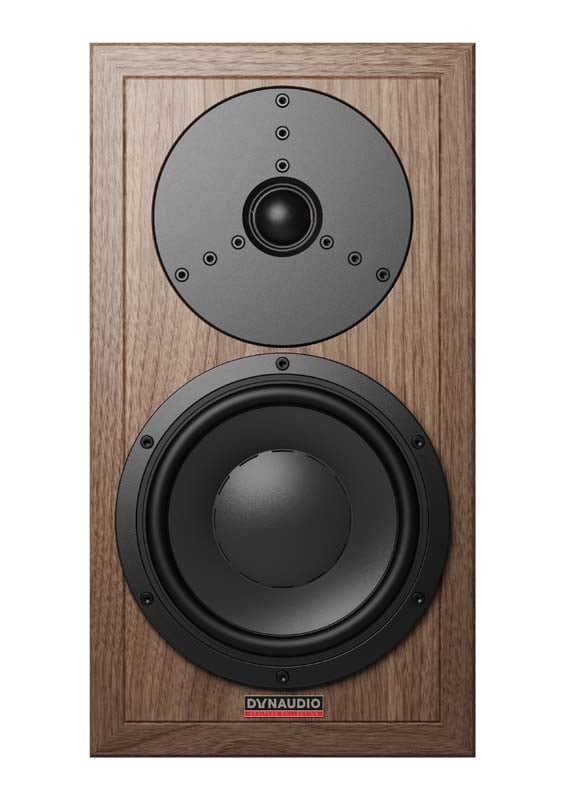Magnesium Silicate Polymer mid/bass units, aluminium internal-magnet voice-coils, soft-dome Esotar 3 tweeters, first-order crossovers and more… brought right up to date.
Dynaudio Heritage Special, lentyninės garso kolonėlės
Dynaudio Heritage Special, lentyninės garso kolonėlės - prieš pirkdami pasiteiraukite ar šią prekę turime sandėlyje, jei neturime ji gali būti užsakyta ir atvykti per 2-21 dieną.
▪️ Turite klausimų dėl šios prekės❓Galime pakonsultuoti telefonu +370 683 90000, arba mūsų salone Armatūrininkų g. 1, Kaunas.
📩 Taip pat galite siųsti mums užklausą į kurią atsakysime per 24 val.
Neišsirenkate garso kolonėlių?
Neišsirenkate garso kolonėlių?
Turime Jums sprendimą! Kviečiame atvykti ➡️garso aparatūros perklausai į mūsų saloną.
Pristatymas
Pristatymas
Lietuvoje siuntas pristatome iki durų DPD kurjeriu per 1-2 darbo dienas, už 4.99€. Užsisakius virš 100€ - pristatymas nemokamas.
Siuntų pristatymas už Lietuvos ribų per 4-10 darbo dienų. Pristatymo kainos nuo 15.00€.
Prekių atsiėmimas parduotuvėje
Prekių atsiėmimas parduotuvėje
Užsakytas prekes internetu galite atsiimti mūsų parduotuvėje adresu Armatūrininkų g. 1, Kaunas. Turėkite su savimi užsakymo nr.
Prieš atvykstant rekomenduojame pasiskambinti +370 683 90000.
Darbo laikas: I-V 9:00-18:00
INFORMACIJA
"Dynaudio Heritage Special". Autentiškas aukščiausios kokybės daniškas Hi-Fi, su meile rankomis pagamintas Skanderborge.
- Rekomend. stiprintuvo galia: 200W.
- Jautrumas: 85 (dB @ 2.83V/1m).
- Varža: 4 Omai.
APRAŠYMAS
TECHNINIAI DUOMENYS
SPECIFIKACIJOS
- StatusCurrent
- SegmentHome
- RangeHeritage
- TypeBookshelf
- Sensitivity (dB @ 2.83V/1m)85
- IEC Power Handling (Watt)200
- Rated Impedance (Ohm)4
- Lower Cutoff (Hz @ +/- 3 dB)42
- Upper Cutoff (kHz @ +/- 3 dB)23
- Box PrincipleBass reflex rear ported
- Crossover2-way
- Crossover Frequency (Hz)2200 Hz
- Crossover Topology1st order
- Tweeter28 mm Esotar 3
- Midrange/Woofer18 cm MSP
- Weight kg11
- Weight lbs24 2/8
- Width mm208
- Height mm385
- Depth mm 320
- Width inches8 2/8
- Height inches15 1/8
- Depth inches12 5/8
- Width mm incl. feet/grill208
- Height mm incl. feet/grill385
- Depth mm incl. feet/grill337
- Width inches incl. feet/grill8 2/8
- Height inches incl. feet/grill15 1/8
- Depth inches incl. feet/grill13 2/8
- GrilleBlack

